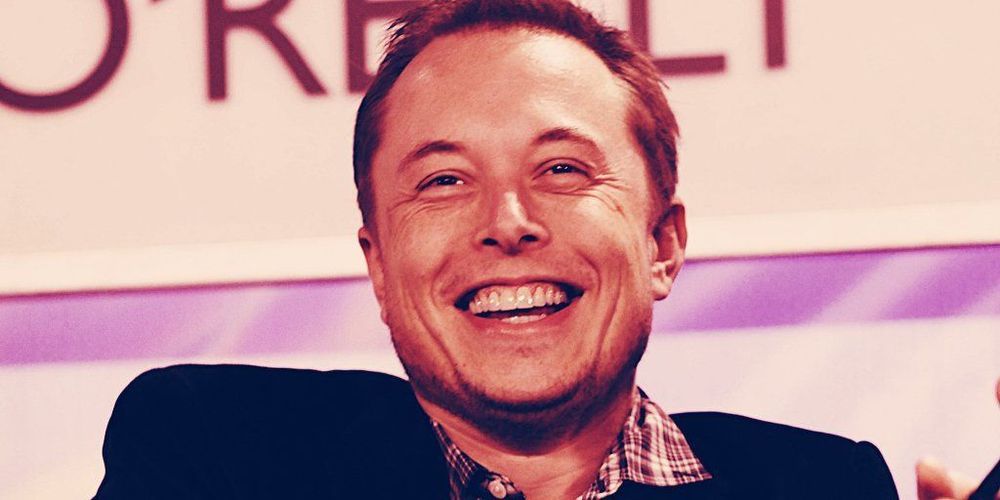Massive object cannot be explained without changing our understanding of what we know about astrophysics, researchers say.
Get the latest international news and world events from around the world.
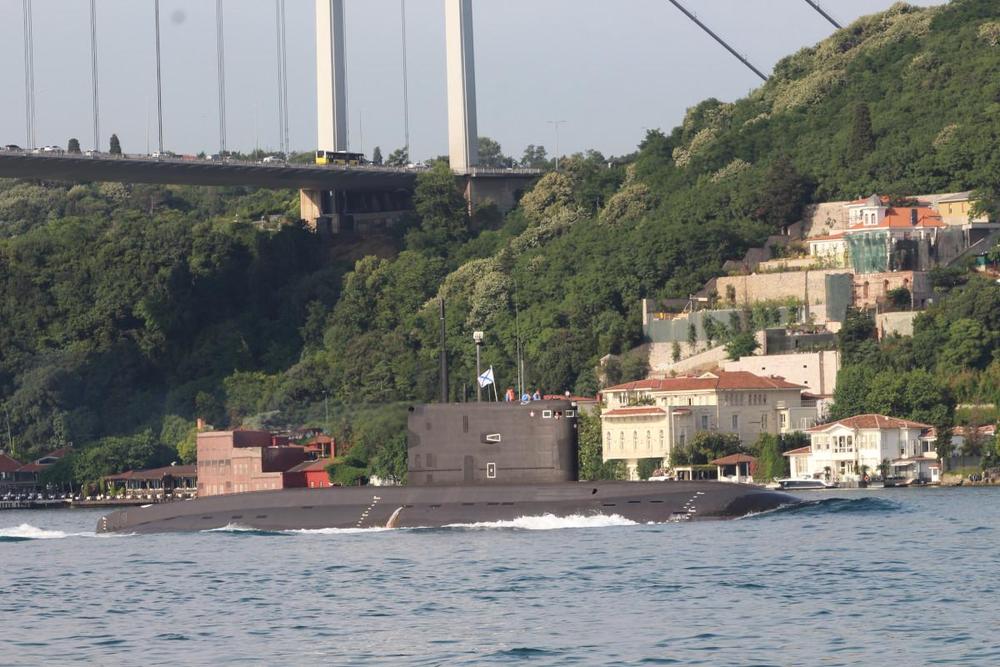
Image Shows Russian Submarine Appearing To Break International Treaty
A Russian submarine passed through Turkey on Tuesday, in an apparent breach of the longstanding Montreux Convention, which prohibits submarines from moving between the Black Sea and the Mediterranean. If the move goes unchecked it could change the balance of power in the region, making Russia more powerful in the Mediterranean.
The submarine was photographed by Yörük Işık, a highly respected ship spotter who lives in Istanbul. There is no mistaking that this is a Kilo Class submarine. Only Russia operates this type of submarine in the Black Sea. Romania also has a sole example on its lists but that hasn’t been active in decades so it cannot be that.
More specifically, the submarine is likely to be the Project 636.3 boat Rostov-on-Don, heading to take up duty in Syria. Russian state media reported on April 27 that the sub would be dispatched on a “deployment in distant waters” to the Mediterranean. Analysis of open-source intelligence suggests that she put to sea briefly after the announcement but then returned to her base on April 29. This was likely to start a pre-deployment COVID-19 isolation. She then participated in the Victory Day parade in Sevastopol, Crimea. She did not actually head south toward the Mediterranean until now.

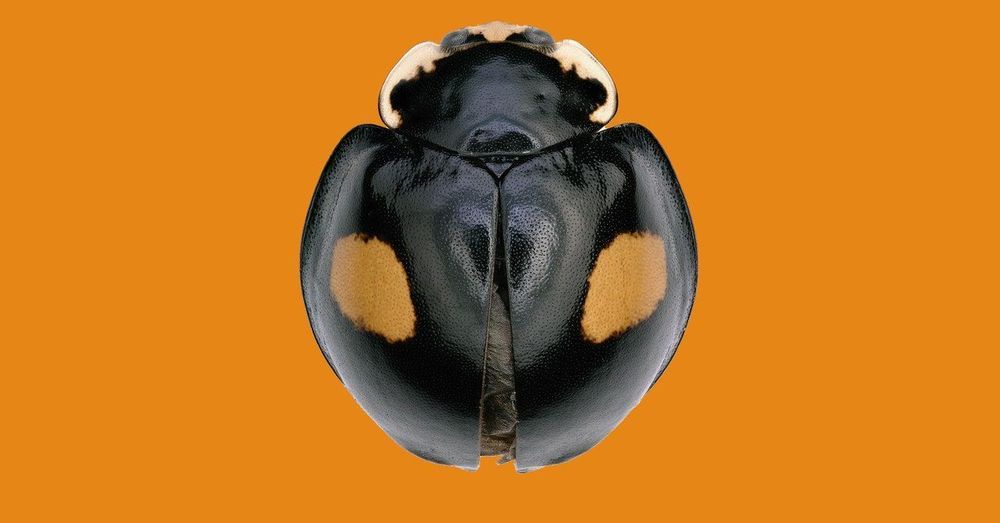
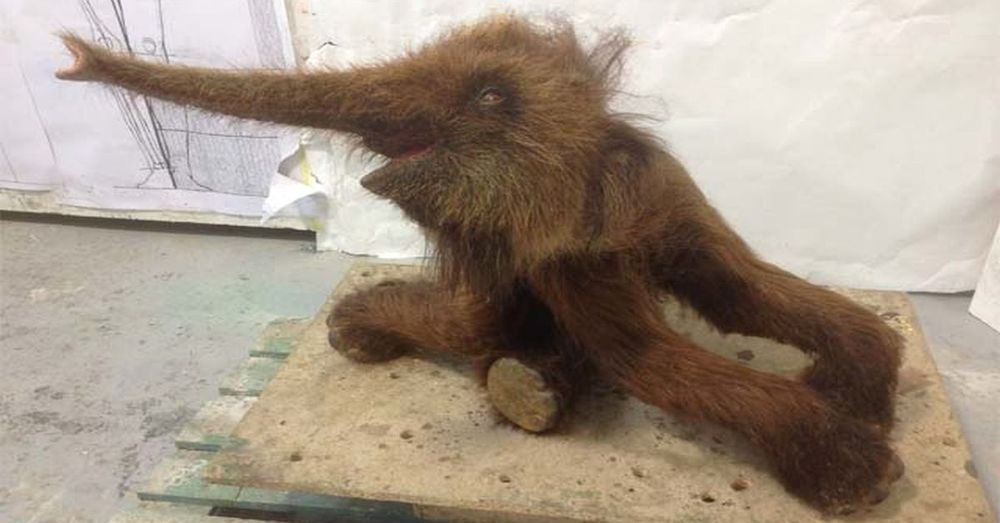
Hammer and Feather dropped on the Moon
Test What happen when it don’t have Atmosphere.
What happen when it don’t have Atmosphere.
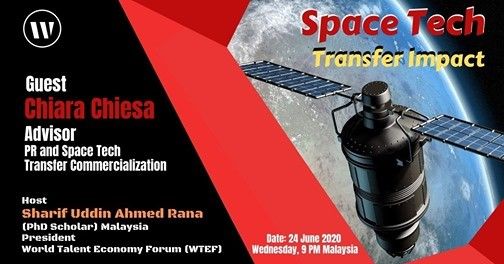
Elon Musk — Caltech Commencement Speech
My hero my guy.
